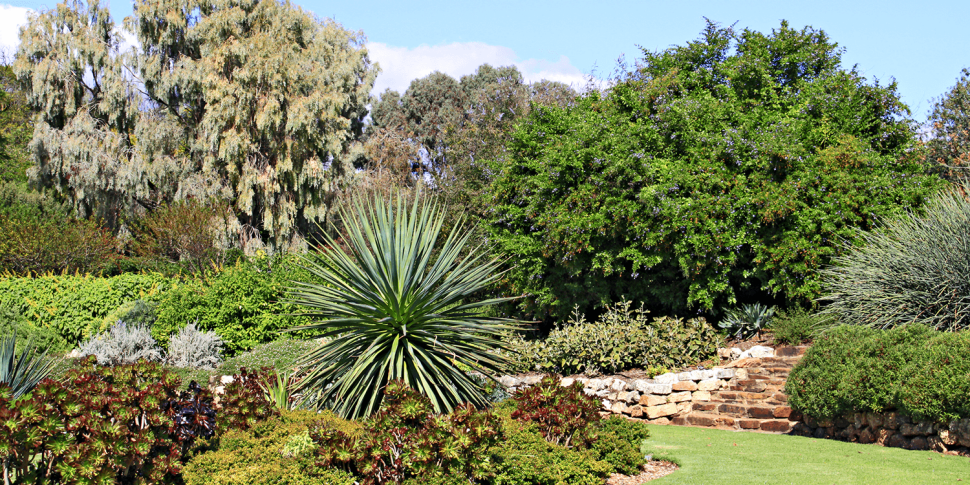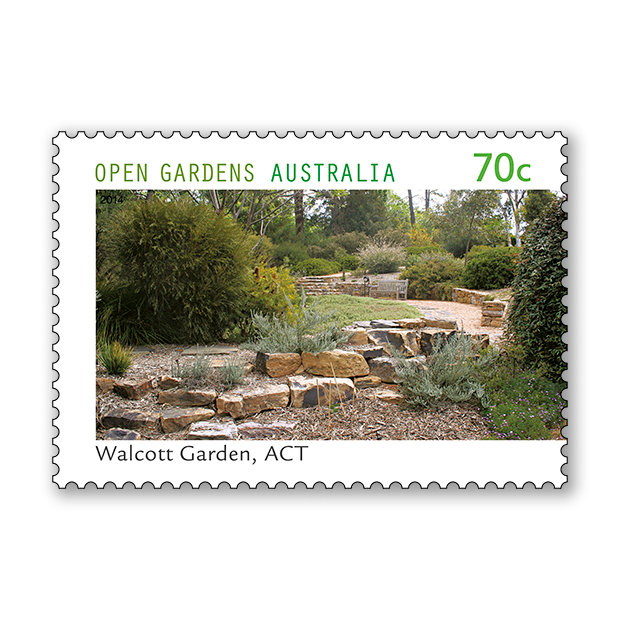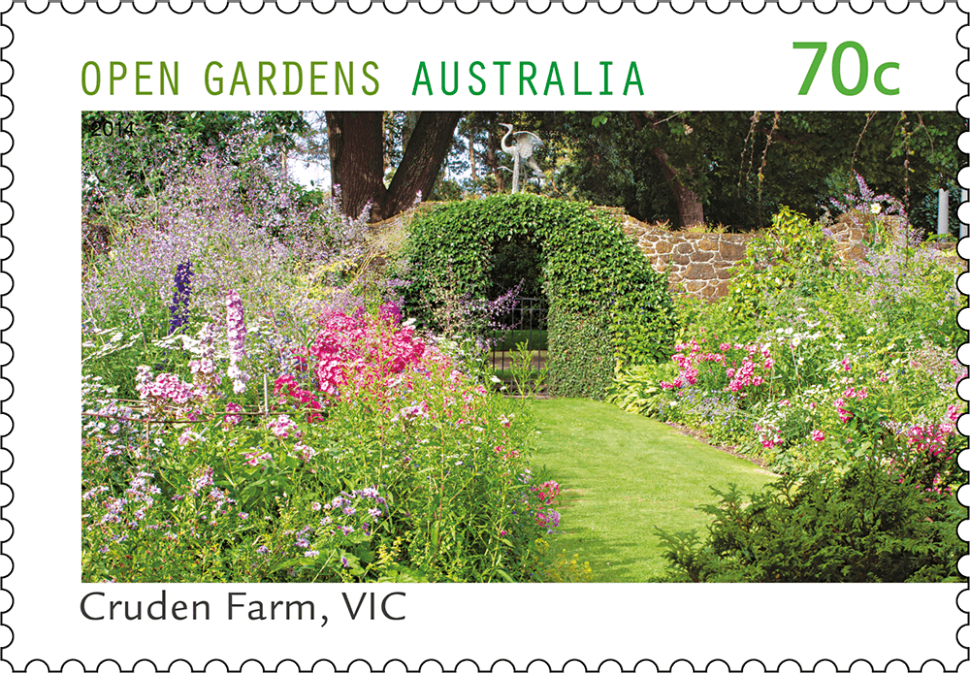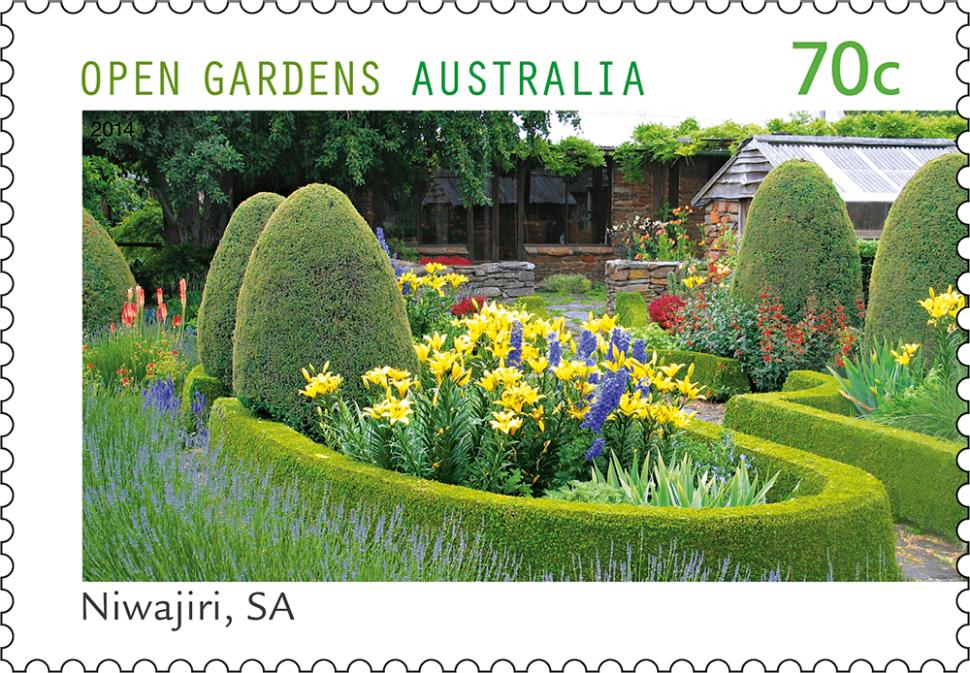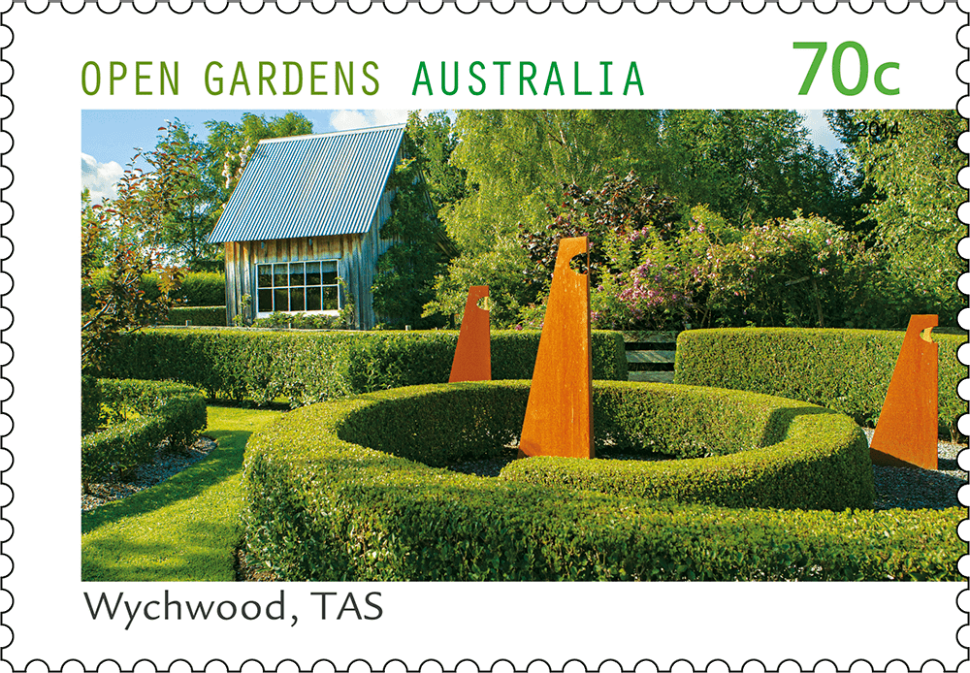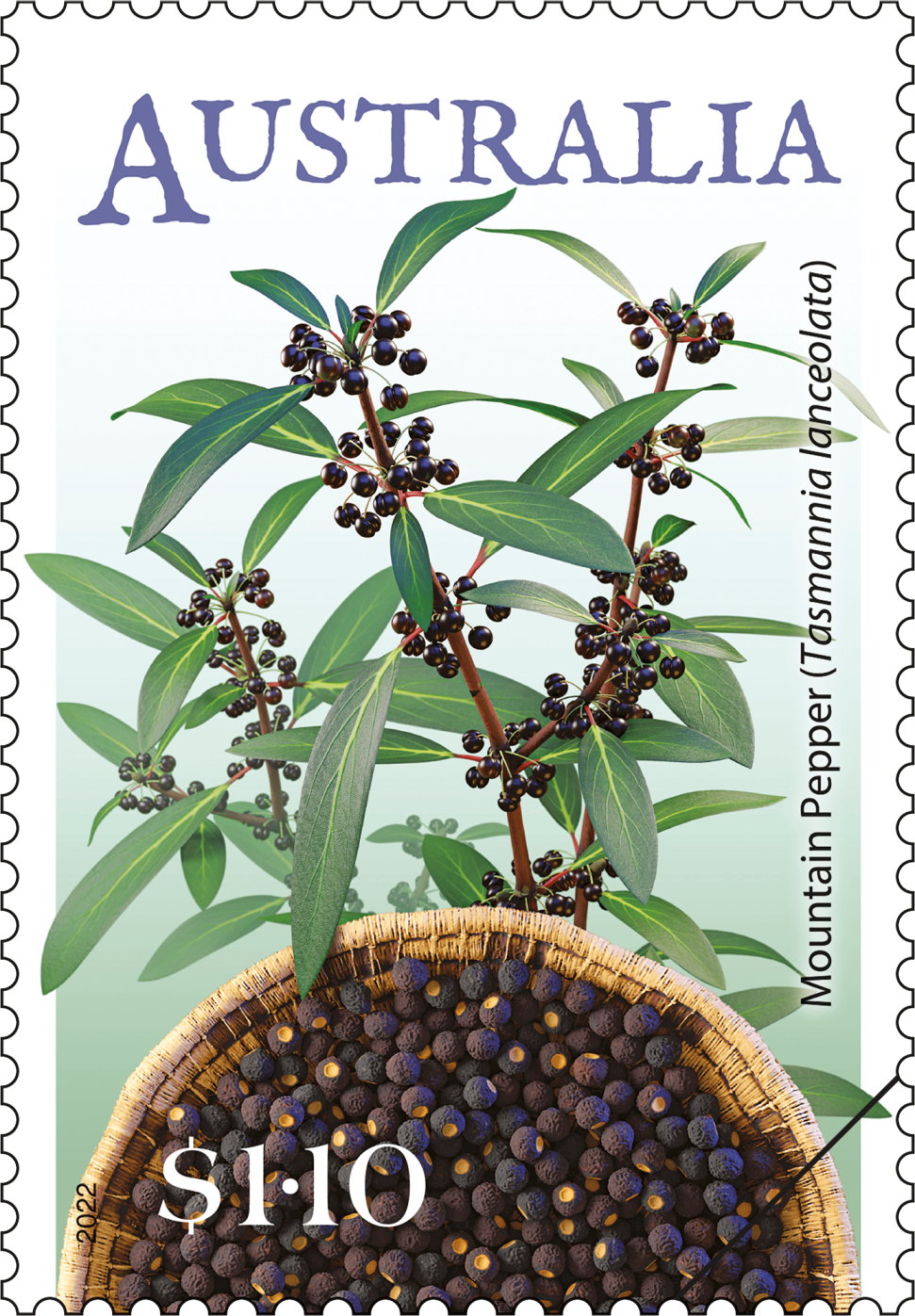Open Gardens Australia began life as Victoria’s Gardens Scheme in 1987, broadening over the years to become a national program in 2000. It was formed to encourage an appreciation, knowledge and love of gardening among Australians. It actively pursues this objective by opening private gardens to public viewing and through a program of gardening events.
The gardens are not of a particular type but represent rural and urban, large and small, and an enormous range of garden type in differing climates and environments across Australian states and territories. For example, it includes native and indigenous gardens, tropical gardens, productive and permaculture gardens, cottage gardens, formal gardens, water-wise gardens, cool-climate gardens.
Since the scheme’s beginning, it has showcased some 10,000 gardens, and today opens around 600 new private gardens to the public every season; each is usually open for just one or two weekends. The gardens are selected by a panel, the members of which visit and assess potential gardens for inclusion into the scheme, based on their being a good example of a type, interesting and well maintained.
Open Gardens Australia estimates that around 275,000 adults visit the gardens annually, accompanied by countless children. A small fee is charged for visiting the gardens, 35 per cent of which goes to the owner or their selected charity, the rest going back into the scheme. Open Gardens does not benefit from government funding.
The stamp designs represent diverse garden types in differing climates and geography.
Designer
Simone Sakinofsky has been with the Australia Post Design Studio since 2005. The stamp issue on which she has worked include Australian Legends of the Written Word (2010), Medical Doctors: A Lasting Legacy (2012) and Australian Zoos (2012).
Products released in this issue
- Stamps 5 x 70c
- Covers (blank pictorial and gummed)
- Stamp pack
- Maxicard
- Prestige cover
- Postcard booklet
- Booklet of 20
- Chequebook 20 x 20
- Gutter strip with design
Technical specifications
- Issue date
- 2 September 2014
- Issue withdrawal date
- 31 March 2015
- Denominations
- 5 x 70c se-tenant
- Stamp design
- Simone Sakinofsky, Australia Post Deisgn Studio
- Product design
- Simone Sakinofsky, Australia Post Deisgn Studio
- Paper - gummed
- Tullis Russell
- Printer - gummed
- EGO
- Paper self-adhesive
- B100
- Printer self-adhesive
- EGO
- Printing process
- Lithography
- Stamp size
- 37.5mm x 26mm
- Perforations
- 13.86 x 14.6
- Sheet layout
- Module of 50 with design
- FDI postmark
- Woodend, VIC 3442
- FDI withdrawal date
- 30 September 2014
The extraordinary eight hectare Cruden Farm is a founding property in the Open Gardens Australia program. The late Dame Elisabeth Murdoch established the historic garden within a working farm more than 80 years ago, engaging, among others, renowned landscape designer Edna Walling. Incorporating a lake and stone wall, the garden is planted with herbaceous borders, shrubs, towering trees and a picking garden, and the entrance way is bordered by magnificent lemon-scented gums. In the stamp design, Cruden Farm is represented by a colourful cottage garden “room”.
Award-winning landscape designer Janine Mendel developed this wonderful 450-square-metre urban garden in Western Australia. Reflecting her philosophy that the house must appear to take root in the garden, the garden fosters a permeable boundary with the built form. It comprises three courtyards, with the stamp showing the lush, subtropical entry courtyard. The central courtyard has a beach theme, containing succulents and white sand, and the rear courtyard an edible theme, with fruit trees and productive plants. The front verge of the property is also integrated into the garden, featuring native plantings
Steve Hailstone began developing Niwajiri soon after he bought the vacant block in the Adelaide Hills in the late 1980s. He brought his interest in permaculture and locality to the project, designing the garden to sit comfortably in its landscape, in terms of both its organic and built forms, and to embrace the shifts in the seasonal cycle. Displaying European, Japanese and Australian influences, Niwajiri has been meticulously planned and planted to reflect the interests and values of its owner-designer, and cultivated to balance strong forms with organic authenticity.
The 9,300-square-metre ACT property that is now the Walcott Garden was first developed in 1926, planted mainly with Pinus radiata and large Cypress trees. The Walcotts purchased the property in 2001 and began replanting in 2003. Designed by Helen Cohen, this water-wise garden reflects the vision of the Walcotts. It focuses on natives sourced from all over Australia (and some from New Zealand) that can be grown in a dry and frosty climate; foliage and shape take precedence over flowers, but native flowers are retained to attract nectar-feeding birds. It is more natural than a formal garden, with areas flowing into one another rather than having discreet garden rooms; and it features a waterfall, several ponds, local rockwork and a native meadow to attract native wildlife.
In 1991, the owners of one hectare Wychwood began creating a garden of tranquility and beauty among rolling hills near Mole Creek, Tasmania, backed by statuesque mountains. Wychwood is a superbly designed contemporary cool climate garden that includes a heritage orchard, birch-tree copse and textural plantings of species roses, unusual shrubs, colourful perennials and ornamental grasses. A focal point in the garden is a seven-ring classical labyrinth, created through careful grass mowing, a stone column situated at its centre. While symbolically a labyrinth is deeply connected to pagan tradition in Europe, at Wychwood its winding paths and symmetrical form have a distinctly aesthetic and meditative resonance.
This content was produced at the time of the stamp issue release date and will not be updated.
